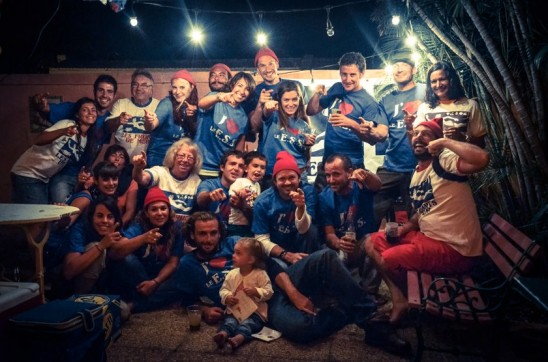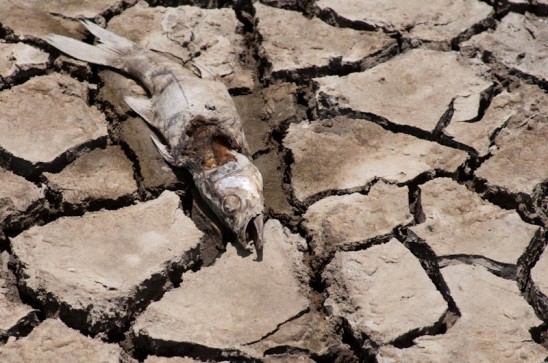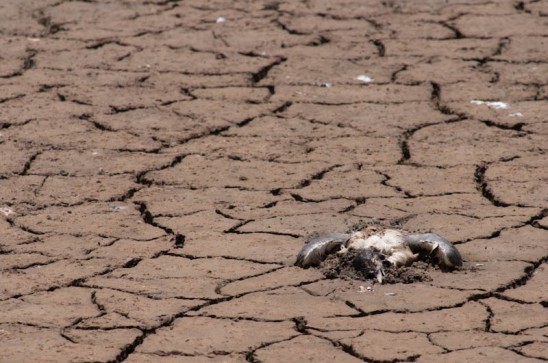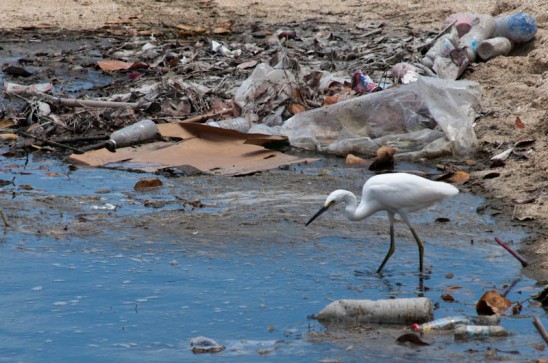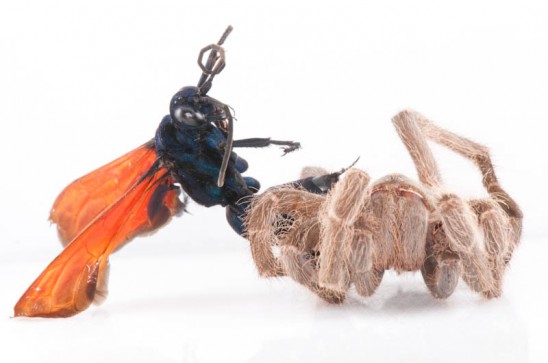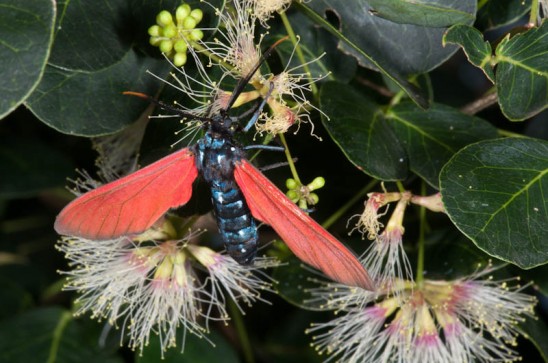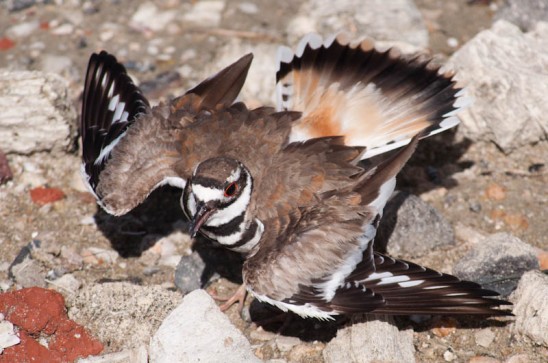This April, a groundbreaking paper was published, identifying 24 new species of skink from the Caribbean. (The abstract is here.) The study generated quite a bit of press because it is very unusual to discover so many new species of lizard these days. One of the species, the newly-named St. Martin skink (Spondylurus martinae) is known only from St. Martin.
Exciting news, but there is a catch. The St. Martin skink was described from museum specimens, some dating from the 1800s and one acquired by a museum in 1965, although the date of collection is unknown. There are no documented sightings of this lizard in decades, and it is at best very rare and more probably extinct. Our new species was gone before we even knew about it.
We did know that there were skinks here, but they were previously considered to be from a more widespread species. It’s something that has happened here on multiple occasions. Anolis pogus has been considered a species only since 1990, and Thecadactylus oskrobapreinorum was described in 2011. Both species are lizards that live only on St. Martin, but previously weren’t considered separate species. Luckily, unlike the skink, those two are still easily found on the island.
Historically, endemic species from the Caribbean have often been under-studied and misunderstood. Today there are still opportunities to learn more about them using new technology like DNA analysis, but also just by taking the time to use more traditional scientific analysis to learn about our fauna. Although it is exciting that a new species has been named from St. Martin, it’s profoundly disappointing that it will probably only be known from a few museum specimens and observational accounts from the past.
This brings us to the kitchen. One account I found of the St. Martin skink described it living in dry areas, and “sometimes also in or near kitchens.” Reading this description, I was struck with two possible interpretations. One is that skinks do in fact have a fondness for kitchens. The other is that we know so little about them that every scrap of information about them is worth mentioning. I don’t own the book that cites this, but it makes me wonder how many people actually saw this lizard in their kitchen: a few? maybe just one person?
If another new species of reptile is discovered from St. Martin, I wonder what it will be. Will it be described from museum specimens of other reptiles that are now extinct on the island (the Leeward Island racer or the Lesser Antillean iguana, perhaps) or will it be something that we still have a chance to see, study and protect from extinction? Hopefully, by investing in studying our fauna and protecting at least some of the natural environment on St. Martin, we’ll find it while it is still with us.
In the meantime, on the off chance that the St. Martin skink is still surviving somewhere on the island, keep an eye out for lizards in your kitchen.
